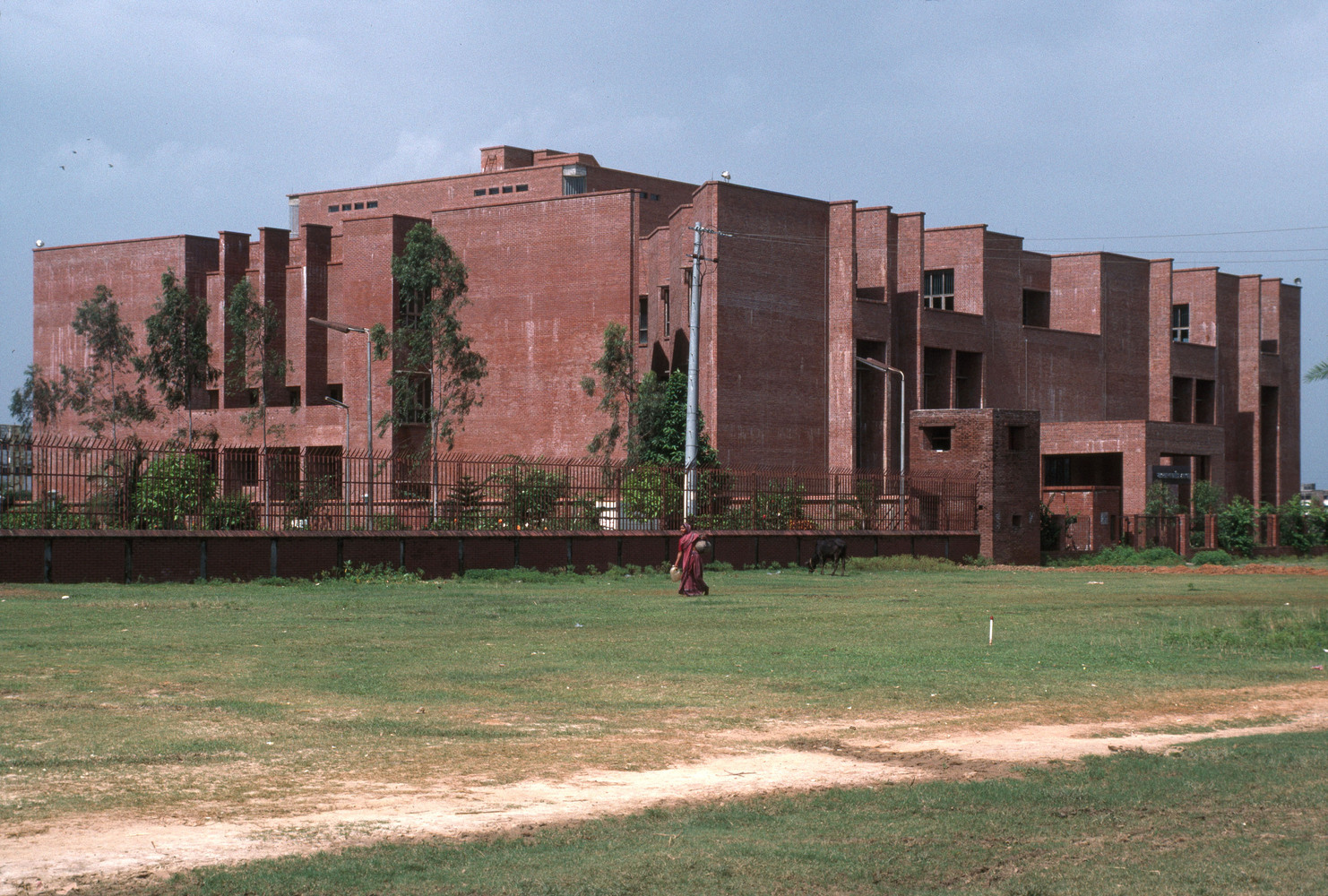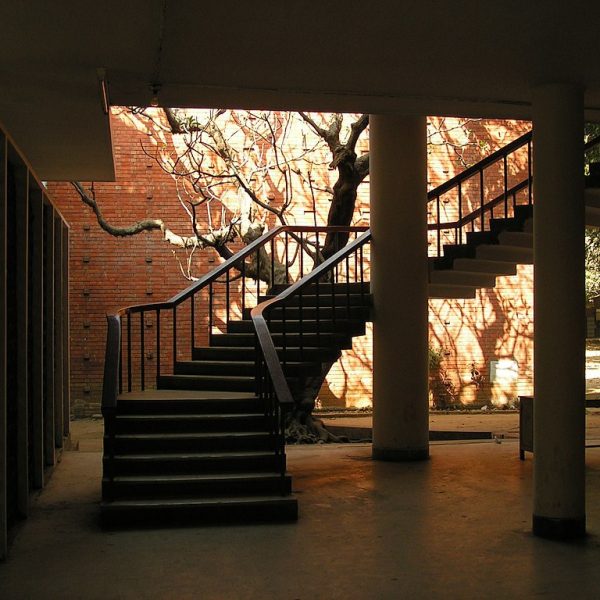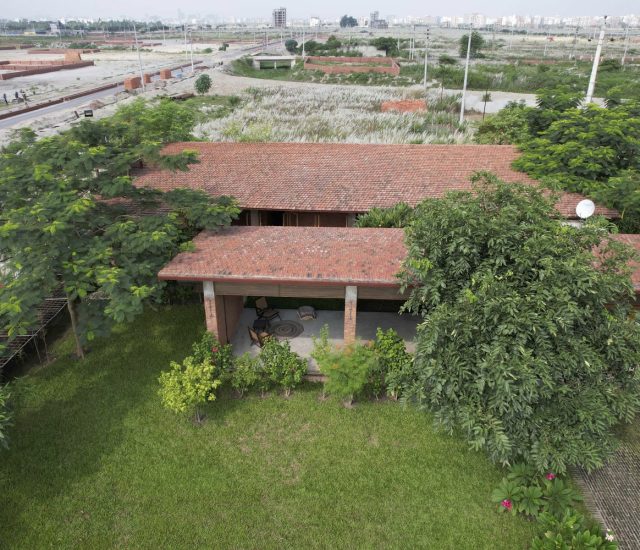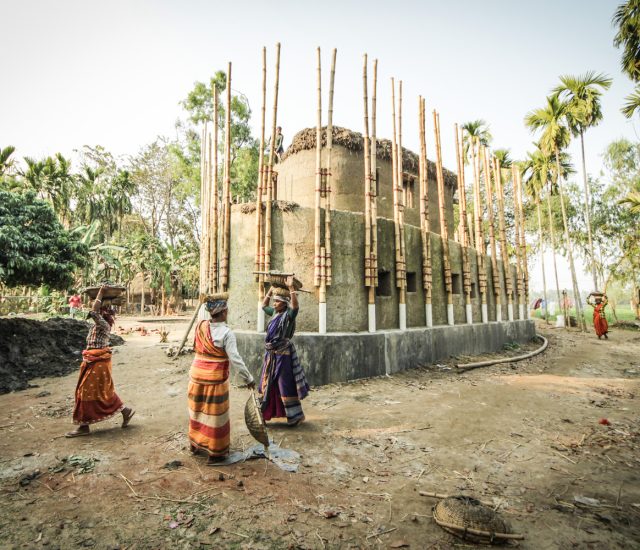Short Story
Muzharul Islam was a Bangladeshi architect, urban planner, educator, and activist, and is regarded as a pioneer of regional modernism in South Asia. His style and influence dominated the architectural scene in Bangladesh during the 1960s and 1970s, exemplifying a localized take on modernist ideals. In the span of four decades, he designed and built universities, large-scale housing, government buildings, institutions, and numerous residences. Islam’s legacy extends not only through his diverse body of work but also through his role in inviting architects like Louis Kahn, Richard Neutra, Stanley Tigerman, Paul Rudolph, Robert Boughey, and Konstantinos Doxiadis to contribute to the built landscape of Bangladesh. His impact is felt far beyond his time, as he remains the most influential architect in the country’s history.
Story
For the Indian subcontinent, the mid-1900s marked a transformative period, brimming with turmoil and hope. Leaving a century of British rule, India and the newly formed countries of Pakistan and Bangladesh held onto an optimistic vision of a transformed society. The newfound independence invited the international Modernist movement to envision a fresh identity for the nations. Spearheading the movement in Bangladesh was the architect Muzharul Islam whose work continues to influence contemporary Bangladeshi architecture.
In the years following World War II, the Modernist Movement in architecture gained momentum worldwide, its central tenet being functionalism. It aimed to create architecture that was accessible, practical, and responsive to the evolving needs of society. The movement prioritized Bangladeshi’s unique needs and allowed the country to participate on an equal footing with industrialized nations. The architectural evolution in Bangladesh depicts a blend of modernist ideals with rich cultural and historical heritage.










Md. Arifuzzaman –
nice